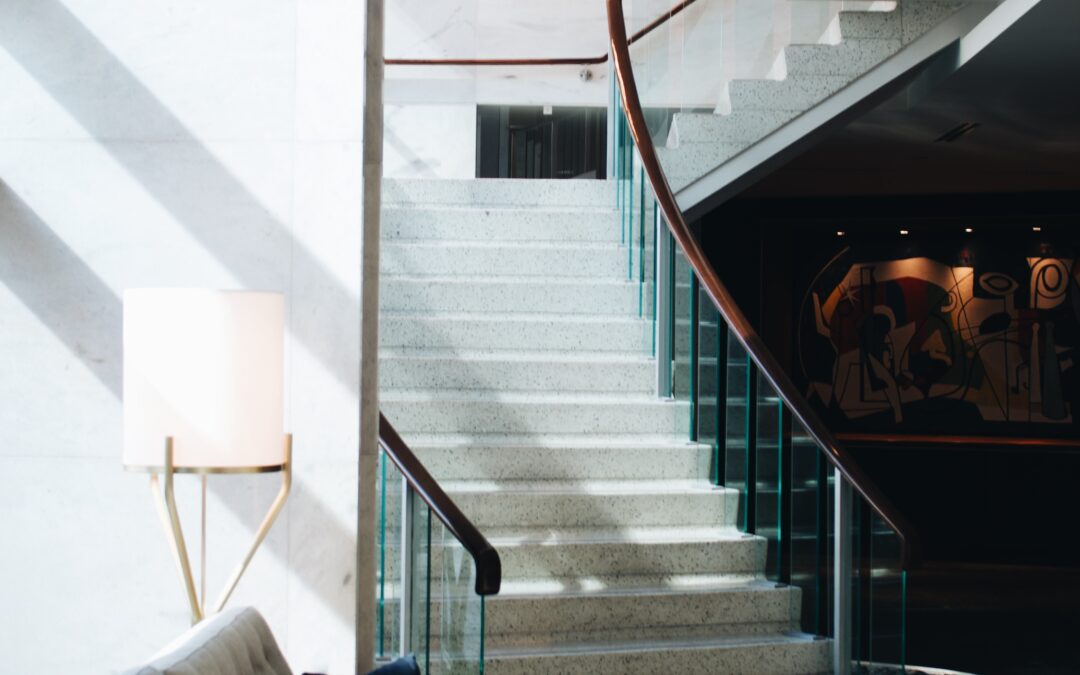The importance of sustainable interior and exterior design has grown exponentially in recent years. As environmental awareness and climate change concerns continue rising, designers and contractors embrace sustainable practices to create eco-friendly spaces. The shift towards sustainable interiors and exteriors offers the construction industry a chance for expansion and innovation, which will eventually result in a construction industry that is healthier for the environment.
The demand for sustainable design has been driven by several factors, including an increased understanding of the environmental, economic, and health benefits associated with sustainable practices. Governments have also contributed by putting regulations and rewards in place to encourage green construction. As a result, a growing number of designers and contractors are shaping sustainable interiors and exteriors, leading to a thriving industry focused on eco-friendly design and construction.
Green building methods and materials are now more widely accessible and innovative, providing various options for designing sustainable spaces. Some environmentally friendly products available to designers and builders include recycled and reclaimed materials, low-VOC paints, and energy-efficient windows. To reduce environmental impact and improve building performance, innovative construction methods like passive solar design, green roofs, and rainwater harvesting systems are also being used by designers and contractors.
Certification programs and industry standards are critical for promoting sustainable design practices. Programs like LEED (Leadership in Energy and Environmental Design), BREEAM (Building Research Establishment Environmental Assessment Method), and Green Star offer standards and guidelines for designers and contractors, assisting in the integration of sustainable practices throughout the entire design and construction process.
Technology has also been a game-changer in the realm of sustainable design. It is now easy for building occupants and homeowners to monitor and manage their energy consumption thanks to the integration of smart home technology and energy management systems. Designers and builders are able to build more eco-friendly and efficient spaces thanks to advanced building materials, techniques, virtual reality, and 3D modeling.
Despite the many opportunities for growth and innovation, there are challenges that designers and contractors must overcome in order to fully embrace sustainable design practices. Higher upfront costs, a lack of awareness and education, and resistance to change are some obstacles that must be overcome in the construction industry. However, these challenges also present opportunities for collaboration and partnerships between designers, contractors, and suppliers, leading to the development of new materials and techniques that cater to the growing demand for sustainable buildings and spaces.
Ultimately, a shift toward a more eco-conscious mindset within the construction industry is being positively signaled by the rising number of designers and contractors creating sustainable interiors and exteriors. Professionals in the field can help ensure that our built environment has a greener, healthier, and more sustainable future by continuing to embrace and promote sustainable design practices.
In conclusion, sustainable design is crucial for the environment’s and residents’ health. To meet the growing demand, designers and contractors must stay up-to-date on the latest materials, techniques, and technologies. The construction industry can overcome obstacles to sustainable design and produce long-lasting, environmentally friendly spaces by collaborating and embracing innovation. Let’s keep working toward a sustainable future, one building at a time, and promote a world that is greener, cleaner, and more environmentally aware.
FAQs:
- . Why is sustainable design important?
Sustainable design reduces environmental impact through energy efficiency, renewable materials, and green building techniques.
- . What are some sustainable materials designers use?
Designers use recycled, reclaimed, and low-VOC materials as eco-friendly options for sustainable interiors.
- How can contractors build sustainably?
Contractors use methods like passive solar design, green roofs, and smart home tech for sustainable construction.
Photo by Rhema Kallianpur on Unsplash


